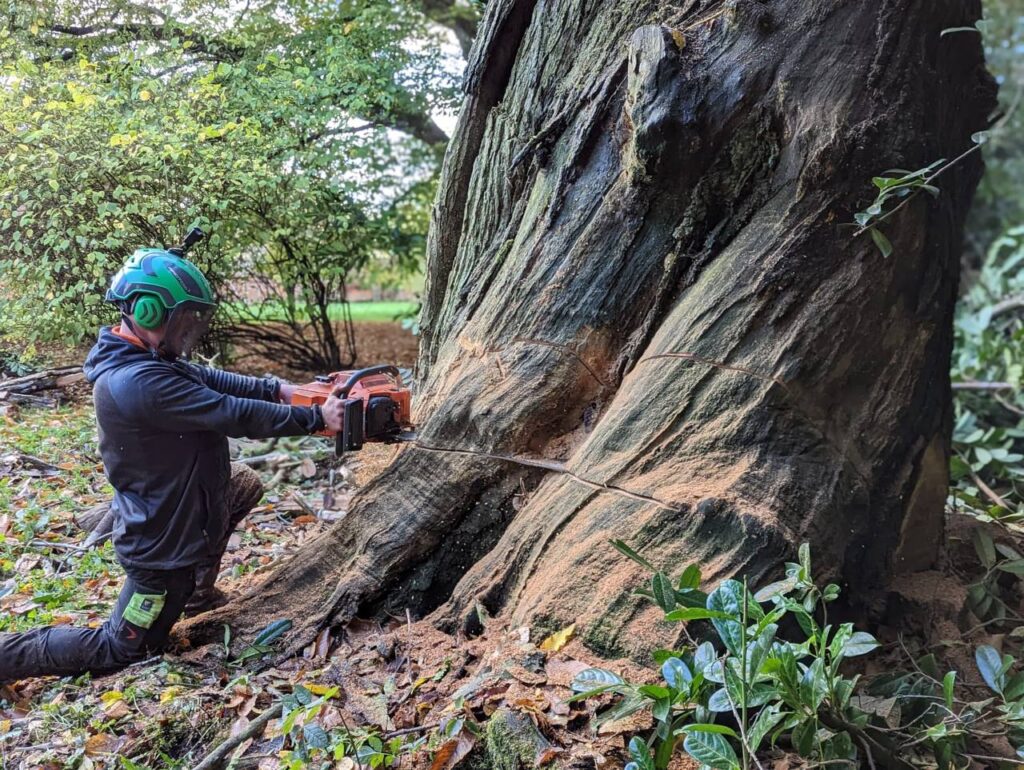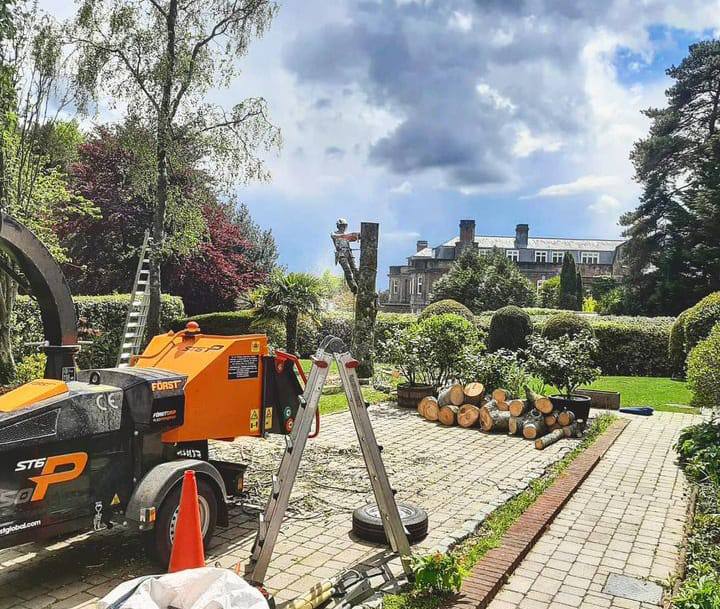Introduction: Tree pruning is essential for maintaining trees’ health, safety, and aesthetics in residential and commercial landscapes. Two common methods of tree pruning are crown reduction and tree topping. While both involve cutting back tree branches, they serve different purposes and have distinct impacts on tree health and growth. Understanding the difference between tree crown reduction and tree topping can help you make informed decisions about caring for your trees.
What is Tree Crown Reduction?
Tree crown reduction is a pruning technique focused on selectively removing branches and reducing the overall size and spread of the tree’s crown. This method is employed to achieve specific objectives such as:
- Maintaining Tree Health: By selectively pruning branches, crown reduction helps improve air circulation and sunlight penetration within the canopy. This promotes tree health and reduces the risk of disease and pest infestation.
- Enhancing Structural Integrity: Removing weak, crossing or overcrowded branches reduces the weight and stress on the tree’s structure. This can prevent branches from breaking during storms or under their weight.
- Aesthetic Improvement: Crown reduction can enhance the tree’s natural shape and appearance while ensuring it remains proportional to its surroundings.
Benefits of Tree Crown Reduction:
- Promotes Tree Health: Allows for better nutrient distribution and growth.
- Reduces Risks: Minimises the chances of branch failure and falling limbs.
- Enhances Appearance: Improves the overall aesthetics of the tree and landscape.
What is Tree Topping?
Tree topping involves cutting back large branches or the entire top of a tree to drastically reduce its height and size. This method is sometimes used for immediate canopy reduction but is generally discouraged due to its negative effects on tree health and structural integrity. Problems associated with tree topping include:
- Stress and Shock: Removing significant portions of the tree’s canopy can cause stress and shock, leading to decay and susceptibility to pests and diseases.
- Rapid Growth of Water Sprouts: Topping often stimulates the growth of weak, fast-growing shoots called water sprouts. These sprouts are poorly attached and prone to breaking, posing safety hazards.
- Aesthetic Disruption: Tree topping results in an unnatural, disfigured appearance that detracts from the tree’s beauty and can affect the landscape’s visual appeal.
Why Choose Tree Crown Reduction Over Topping?
Tree crown reduction is a more sustainable and beneficial pruning technique than topping. It preserves the tree’s natural shape and structure while addressing specific concerns such as clearance from buildings or power lines. By maintaining the integrity and health of the tree, crown reduction promotes longevity and enhances its contribution to the landscape.
Consultation with Tree Care Experts:
When deciding between tree crown reduction and topping, consulting with qualified tree care professionals is essential. They can assess the tree’s condition, discuss your objectives, and recommend the most suitable pruning technique to achieve your goals while ensuring the long-term health and safety of the tree.
Conclusion: In conclusion, tree crown reduction and tree topping are distinct pruning methods with different purposes and outcomes. While crown reduction promotes tree health, safety, and aesthetic appeal, topping can lead to detrimental effects and should be avoided. Choosing tree crown reduction ensures that your trees thrive and continue to enrich your landscape for years to come.
Call us on: 01543 220 994
Click here to find out more about The WS13 Tree Surgeons
Click here to complete our contact form and see how we can help you with your tree’s needs.


